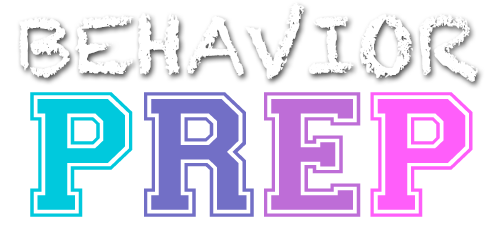A.1. Identify the goals of behavior analysis as a science (i.e., description, prediction, control)
Description
The goal of description is to identify and define behavior accurately and objectively. Behavior analysts strive to provide clear and precise descriptions of behavior that are measurable and observable. This involves breaking down behavior into its component parts and identifying its characteristics.
Example: A behavior analyst observes and describes a child’s tantrum behavior in specific terms, such as screaming, crying, kicking, and hitting objects. They note the frequency, duration, and intensity of each component behavior to create a comprehensive description.
Prediction
The goal of prediction is to identify the circumstances or events that are associated with the occurrence of behavior. Behavior analysts aim to determine the antecedents (events that precede behavior) and consequences (events that follow behavior) that reliably predict behavior. This allows for the anticipation of when and where certain behaviors are likely to occur.
Example: By analyzing data and observing patterns, a behavior analyst predicts that a child is more likely to engage in disruptive behaviors during transitions between activities or when attention is directed away from them.
Control
The goal of control is to develop interventions that can effectively influence or modify behavior. Behavior analysts seek to understand the environmental factors that influence behavior and utilize this knowledge to implement strategies that bring about desired changes in behavior. This involves manipulating antecedents and consequences to promote adaptive behaviors or reduce maladaptive behaviors.
Example: A behavior analyst designs a behavior intervention plan for a student with attention deficit hyperactivity disorder (ADHD) to increase their on-task behavior during classroom activities. The plan includes strategies such as providing frequent prompts, implementing a token economy system, and delivering immediate reinforcement for appropriate behavior.
By striving for description, prediction, and control, behavior analysts apply the scientific principles of behavior analysis to understand, predict, and influence behavior. These goals help guide the development of evidence-based interventions and the promotion of positive behavior change in applied settings.
